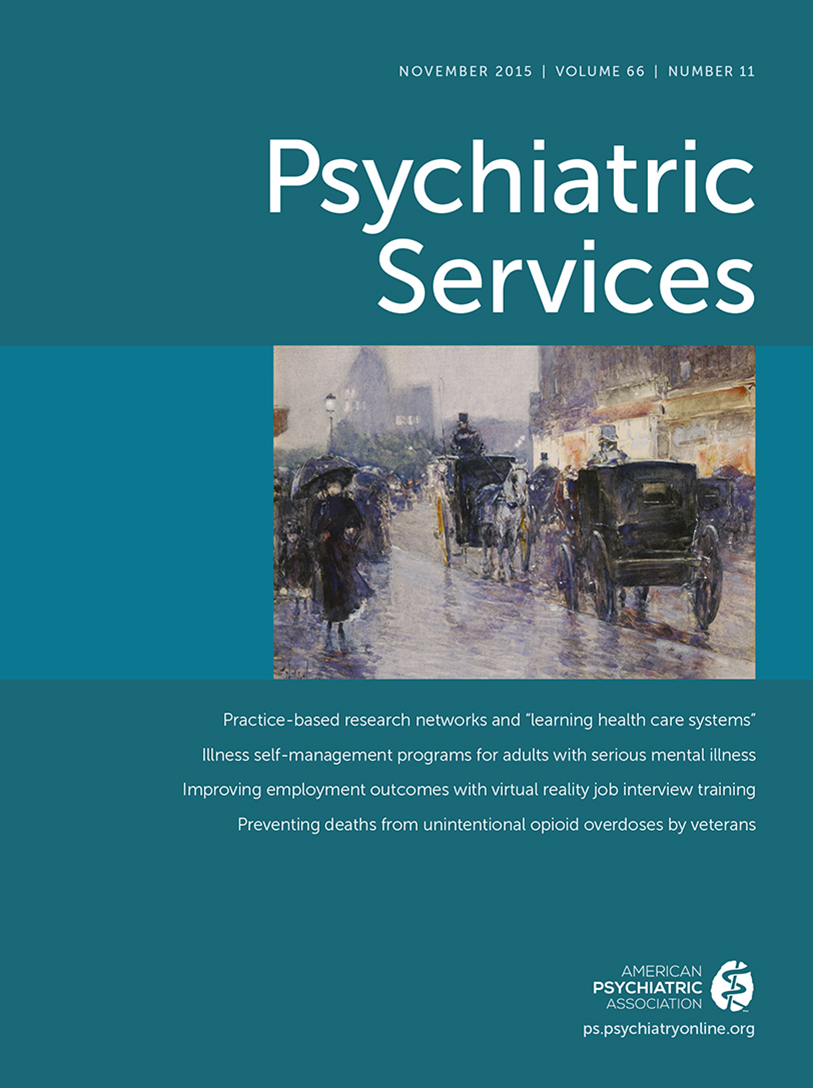U.S. Female Veterans Who Do and Do Not Rely on VA Health Care: Needs and Barriers to Mental Health Treatment
Abstract
Objectives:
To determine mental health service utilization and barriers among female veterans, this study examined the prevalence of U.S. female veterans who identified the U.S. Department of Veterans Affairs (VA) as their main source of health care.
Methods:
This observational study used data from a nationally representative sample of 1,202 veterans who completed a Web-based survey. The analysis compared sociodemographic and clinical characteristics, mental health service use, and perceived barriers to mental health care among female veterans who do and do not use the VA as their main source of health care and male veterans who mainly use VA health care.
Results:
By gender, 23.4% of female veterans and 19.6% of male veterans identified the VA as their main source of health care, which was not significantly different. Compared with male VA patients, women were more likely to be single, younger, and from a racial-ethnic minority group and to screen positive for depression and posttraumatic stress disorder (PTSD), but they were less likely to have a substance use disorder. Compared with female veterans who did not mainly use VA care, female VA patients were more likely to be on a low income, not employed, from racial-ethnic minority groups, and combat veterans, and they were more likely to have a disability, to screen positive for PTSD, and to report poorer mental health–related functioning. There were no group differences in mental health service use, and the most frequently endorsed barriers to using mental health care across veteran groups were “high treatment costs” and “being seen as weak.”
Conclusions:
These findings highlight the health care needs of female VA service users and support efforts to dispel misconceptions and stigma related to mental health care.



